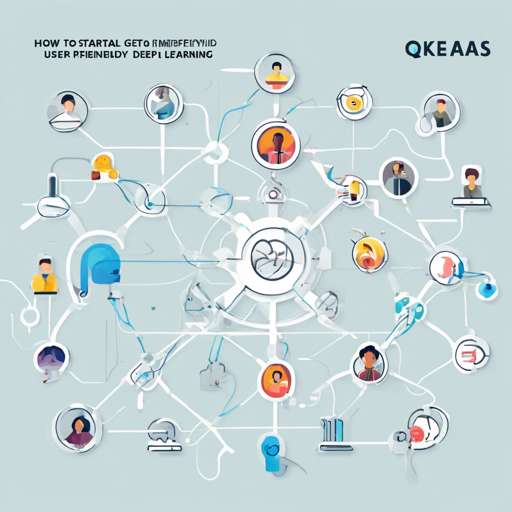Welcome to the intriguing world of QKeras! As a quantization extension to Keras, QKeras offers powerful, precise tools for building deep learning models with reduced computational requirements. Whether you are a researcher, developer, or enthusiast, this article will take you step-by-step through the process of implementing QKeras in your projects.
What is QKeras?
QKeras is designed to enrich Keras’s native functionality by providing drop-in replacements for various Keras layers, specifically targeting those that create parameters and perform arithmetic operations. This approach aims to make quantizing Keras networks seamless and efficient.
Why Use QKeras?
- User Friendly: It boasts a simple and consistent interface, ensuring that users receive clear feedback on any errors.
- Modular and Composable: You can build models using configurable components, connecting them as required.
- Easy to Extend: Users can create custom layers, loss functions, or other components that enhance their models.
Setting Up QKeras: An Analogy
Think of QKeras as a modular toolbox for quantizing deep learning models. Just like a craftsman needs the right tools to build, painting with different layers in Keras is like creating a stunning landscape. However, if you want this landscape to fit into a small frame (or operate on limited hardware resources), quantization is your secret sauce. Just like adjusting the size of elements in your painting to make it more compact, QKeras fits into your existing Keras model and trims down resource consumption without losing craftsmanship quality.
Getting Started with QKeras
Step 1: Installation
Make sure to install QKeras via pip:
pip install qkerasStep 2: Replace Layers
To quantize your Keras model, you’ll need to replace the standard layers with their QKeras counterparts. Here is an example:
from keras.layers import *
from qkeras import *
# Define your input
x = x_in = Input(shape)
# Replace layers with QKeras equivalents
x = QConv2D(18, (3, 3), kernel_quantizer=stochastic_ternary, bias_quantizer=ternary, name='first_conv2d')(x)
x = QActivation(quantized_relu(3))(x)
x = QSeparableConv2D(32, (3, 3), depthwise_quantizer=quantized_bits(4, 0, 1), pointwise_quantizer=quantized_bits(3, 0, 1), bias_quantizer=quantized_bits(3), depthwise_activation=quantized_tanh(6, 2, 1))(x)
x = QActivation(quantized_relu(3))(x)
x = Flatten()(x)
x = QDense(NB_CLASSES, kernel_quantizer=quantized_bits(3), bias_quantizer=quantized_bits(3))(x)
x = QActivation(quantized_bits(20, 5))(x)
x = Activation('softmax')(x)In this example, a simple network architecture is converted into a quantized network by substituting the standard layers with QKeras layers.
Troubleshooting Common Issues
If you encounter difficulties during your setup, consider these tips:
- Check Layer Compatibility: Ensure that you are replacing layers correctly and that the corresponding QKeras layers are compatible.
- Parameter Adjustments: Sometimes, tweaking parameters (like bits and quantization methods) can resolve performance issues.
- Documentation Reference: Consulting the documentation regularly can provide insights into more advanced features and use cases.
For more insights, updates, or to collaborate on AI development projects, stay connected with fxis.ai.
QTools and AutoQKeras
To facilitate model development, QKeras comes with QTools, which assists in generating a data type map and estimating energy consumption. It also includes AutoQKeras to automate quantization and rebalancing of models. Resources to get started with these tools are included in the documentation.
Conclusion
In conclusion, QKeras is your bridge to efficient deep learning models suited for constrained environments. By understanding its structure and workflow, you can seamlessly integrate it into your existing Keras frameworks and usher in optimal performance.
At fxis.ai, we believe that such advancements are crucial for the future of AI, as they enable more comprehensive and effective solutions. Our team is continually exploring new methodologies to push the envelope in artificial intelligence, ensuring that our clients benefit from the latest technological innovations.

